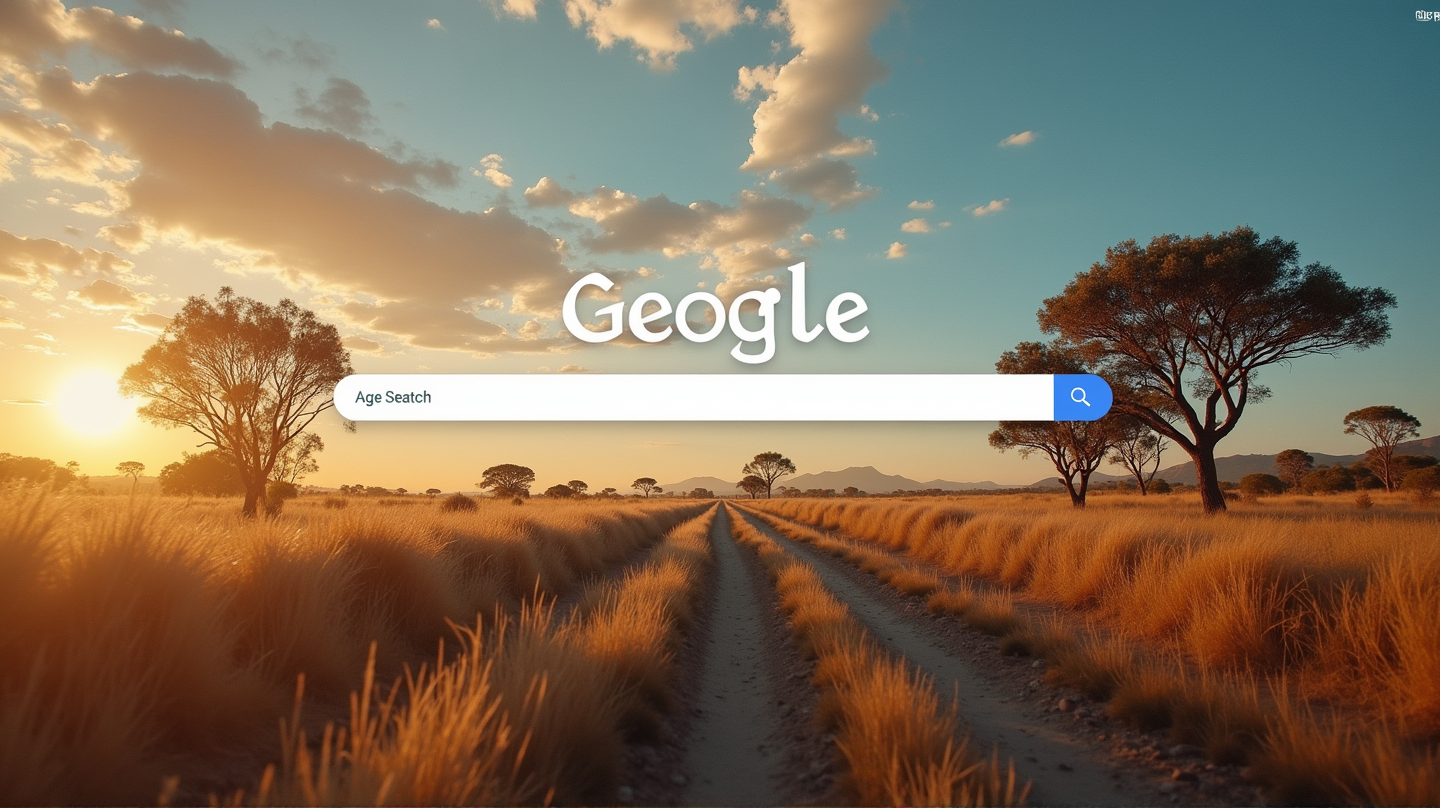Australia is set to introduce a groundbreaking measure to ensure online safety for minors by enforcing age checks on search engines like Google. This initiative aligns with the controversial age-verification technology that previously targeted social media platforms. It’s a seamless yet significant development, anticipated to redefine how Australian users interact with the internet.
Unveiling the Age Assurance
Beginning December 27, search giants like Google and Microsoft will employ advanced age-verification technologies for users signing in. This regulatory move aims to shield minors from damaging content ranging from explicit adult materials to violent media. The consequences for non-compliance are severe, carrying potential fines of up to $50 million per breach.
As stated in Australian Broadcasting Corporation, these age checks parallel measures placed upon social media, creating a cohesive approach to digital safety. The age-assessment will mainly affect logged-in users, filtering out inappropriate content for those under 18.
Industry Reactions and Concerns
Despite the noble intentions behind safeguarding young minds online, this sweeping change hasn’t been without controversies. Critics argue that such measures could compromise user privacy significantly. Experts like Professor Lisa Given highlight the unprecedented nature of this move, voicing concerns about public awareness and involvement in these regulatory shifts.
John Pane from Electronic Frontiers Australia also questions the program’s effectiveness, pointing to past trials where age-verification incorrectly identified minors as adults.
Uncertainty and Adoption
Search engines have not explicitly revealed their chosen methods for implementing age verification. However, several strategies, including digital ID and AI-based age estimation, are under consideration. The industry has been tasked with designing practical and user-friendly solutions that balance safety and privacy.
A Glimpse of the Future
The age verification scheme highlights the broader regulatory landscape evolving in Australia, where platforms beyond search engines — app stores, communication tools, and gaming sites — could soon face similar mandates. This initiative reflects a growing resolve to prioritize user safety, though it gently treads the line between protection and intrusion.
The Dilemma of Privacy vs. Safety
The need to balance digital safeguarding with privacy rights remains a key concern. This evolution might set a precedent for other nations grappling with similar challenges in the digital age. The question lingers: is the drive for safety inadvertently transforming the very ecosystem we rely upon for information and expression?
Australia’s digital guardianship initiative serves as a critical juncture, prompting us to ponder the future of online interaction and responsibility. Will these strategies render secure havens for our youth, or will they curtail the individual freedoms that underpin the internet’s open nature?
